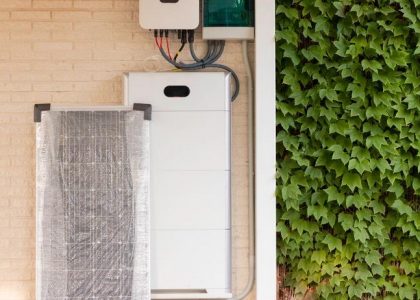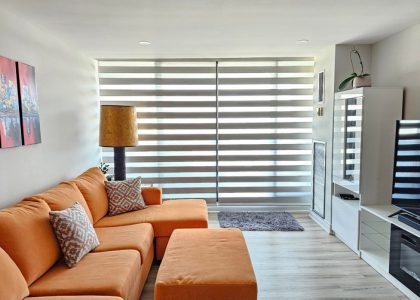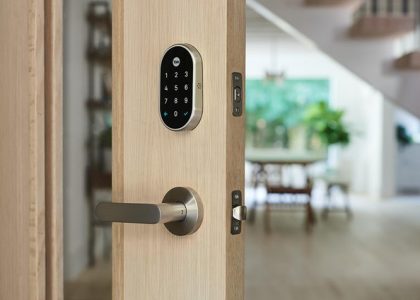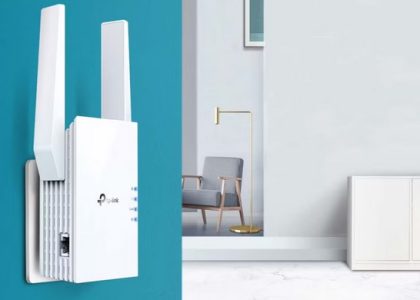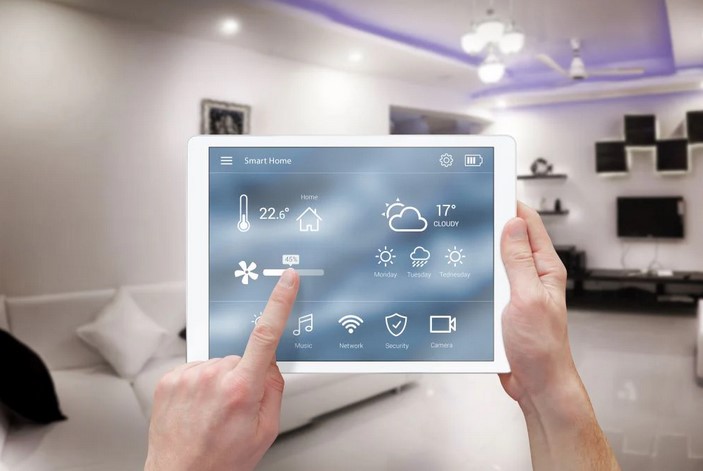
In today’s eco-conscious world, energy conservation is more important than ever. One of the most effective ways to reduce your home’s energy consumption while maintaining a well-lit and inviting environment is by installing energy-saving light systems. These systems not only lower your electricity bills but also contribute to environmental sustainability. By integrating energy-efficient lighting solutions into your home, you can achieve optimal lighting levels, enhance your home’s ambiance, and reduce your carbon footprint. In this article, we’ll explore the advantages of energy-saving light systems, how they work, and tips for selecting the right lighting solutions for your home.
1. The Importance of Energy-Saving Light Systems
When it comes to managing household energy consumption, lighting is one of the biggest culprits. Traditional incandescent bulbs consume a significant amount of electricity and have a shorter lifespan, requiring more frequent replacements. In contrast, energy-saving light systems are designed to provide the same level of brightness with much lower energy consumption, making them an ideal choice for homeowners looking to reduce their environmental impact.
1.1 Cost-Effective Lighting Solutions
While the upfront cost of energy-efficient lighting systems such as LEDs may be slightly higher than conventional options, the long-term savings are substantial. Energy-saving light systems use a fraction of the energy that incandescent bulbs consume, and they typically last much longer. Over time, these savings in energy and replacement costs far outweigh the initial investment. For example, LED lights use at least 75% less energy than traditional bulbs and can last up to 25 times longer. This translates into lower electricity bills and fewer trips to the store for bulb replacements.
1.2 Environmental Impact
The environmental benefits of energy-saving light systems are just as important as the financial ones. Using less electricity helps reduce your household’s carbon footprint, as it decreases the demand on power plants that rely on fossil fuels. By switching to energy-efficient lighting, you can help decrease greenhouse gas emissions, contributing to a more sustainable future. Additionally, many energy-efficient bulbs, such as LEDs, contain fewer harmful materials than traditional bulbs, making them safer for the environment when they are disposed of.
1.3 Improved Lighting Quality
Energy-saving light systems don’t just save energy—they also improve the quality of the lighting in your home. LEDs, for example, offer a more natural and consistent light compared to the flickering or dimming that can occur with traditional bulbs. Moreover, many energy-saving lighting options are available in a range of color temperatures, allowing you to customize the lighting in each room according to its purpose. Warm white light is perfect for living rooms and bedrooms, while cooler light works well in kitchens and offices, helping to increase focus and productivity.
2. Types of Energy-Saving Light Systems
There are various types of energy-saving light systems available, each offering different benefits and features. Let’s take a look at the most popular options and their applications:
2.1 LED Lighting
LED (Light Emitting Diode) lighting is by far the most common energy-efficient lighting solution. Unlike incandescent bulbs, LEDs don’t rely on heat to generate light, making them incredibly energy-efficient. They are available in a wide range of styles, including ceiling lights, wall sconces, and table lamps, offering versatility in both form and function.
Advantages of LED Lighting:
- Energy-efficient: Uses up to 80% less energy than traditional bulbs.
- Long lifespan: Lasts up to 25,000 hours or more, significantly reducing the frequency of bulb replacements.
- Variety of colors and designs: Available in different color temperatures, from warm to cool light.
- Instant brightness: Unlike some other energy-efficient options, LEDs provide full brightness immediately when turned on.
2.2 CFL Lighting
Compact Fluorescent Lamps (CFLs) are another popular option for energy-saving light systems. They are more energy-efficient than traditional incandescent bulbs and are available in a variety of shapes and sizes. CFLs work by passing electricity through a gas, causing it to emit ultraviolet light, which then causes a phosphor coating inside the bulb to glow.
Advantages of CFL Lighting:
- Energy-efficient: Uses about 75% less energy than incandescent bulbs.
- Affordable: Typically less expensive than LEDs, though they have a shorter lifespan.
- Variety of shapes and sizes: Available in different forms, including spiral and tube shapes, to fit various fixtures.
2.3 Smart Lighting Systems
Smart lighting is an advanced form of energy-saving light systems that combines energy efficiency with automation. These systems can be controlled remotely via smartphones or voice assistants, allowing you to adjust the brightness, color, and timing of your lights. Smart bulbs are typically LEDs, which means they offer all the benefits of energy efficiency while also incorporating the latest in smart technology.
Advantages of Smart Lighting:
- Customization: Easily control brightness, color temperature, and scheduling from your phone.
- Energy savings: Use automation to ensure lights are turned off when not in use or dimmed to save energy.
- Convenience: Set timers or use motion sensors to ensure lights are on only when needed.
2.4 Solar-Powered Lighting
For those looking to further reduce their environmental impact, solar-powered lighting is a great solution for outdoor areas. These lights use energy from the sun to power the bulbs, making them completely free to operate after installation. Solar lights are typically used for pathways, garden lighting, or even security lights around the exterior of your home.
Advantages of Solar Lighting:
- Zero electricity costs: Solar-powered lights do not require electricity from the grid.
- Sustainable: They rely solely on renewable solar energy.
- Easy installation: Solar lights are often wireless and require minimal setup.
3. How to Choose the Right Energy-Saving Light System for Your Home
Selecting the right energy-saving light systems for your home requires careful consideration of your needs, preferences, and lifestyle. Here are some factors to keep in mind when making your choice:
3.1 Consider the Room’s Function
Each room in your home has different lighting needs. For example:
- In the kitchen, bright, white lighting helps with food preparation and cleaning. LED lighting or CFL lighting would work well here.
- In the living room, soft, warm light is ideal for relaxation. Choose LED or CFL lights with adjustable brightness to set the right ambiance.
- For the bedroom, a mix of warm lighting and mood lighting options can help create a cozy atmosphere. Smart lighting systems may offer added flexibility, allowing you to adjust the light to suit your mood.
3.2 Choose the Right Light Color
Lighting color can significantly impact the mood of a room. Consider:
- Warm white light for cozy, relaxing environments (perfect for bedrooms and living rooms).
- Cool white light for workspaces and kitchens, where bright, clear lighting is needed for tasks.
Many energy-saving light systems, such as LEDs and CFLs, come in various color temperatures, allowing you to select the best one for each space.
3.3 Energy Usage and Cost Efficiency
While initial installation costs are important, it’s essential to evaluate long-term savings. LEDs offer the most significant reduction in energy consumption and have a longer lifespan, reducing the number of replacements needed. Although CFLs are more affordable upfront, they have a shorter lifespan compared to LEDs, and their energy efficiency is not as high.
3.4 Compatibility with Smart Home Features
If you’re investing in a smart home setup, consider smart lighting systems. These systems allow you to integrate your lights with other smart devices in your home, like thermostats and security cameras. Smart lights can be controlled remotely or even set to turn on or off based on your schedule, providing an extra layer of convenience and energy savings.
By switching to energy-saving light systems, you not only brighten your home efficiently but also make a significant contribution to reducing your environmental impact. Whether you opt for LEDs, CFLs, smart lighting, or solar-powered options, the benefits of energy-efficient lighting are clear—lower energy bills, reduced carbon footprint, and improved lighting quality. As the demand for sustainable solutions continues to grow, integrating energy-saving light systems into your home is a smart and effective way to stay ahead of the curve. With a little planning and investment, you can transform your home into an eco-friendly haven, all while enjoying the beauty and comfort of efficient, high-quality lighting.

